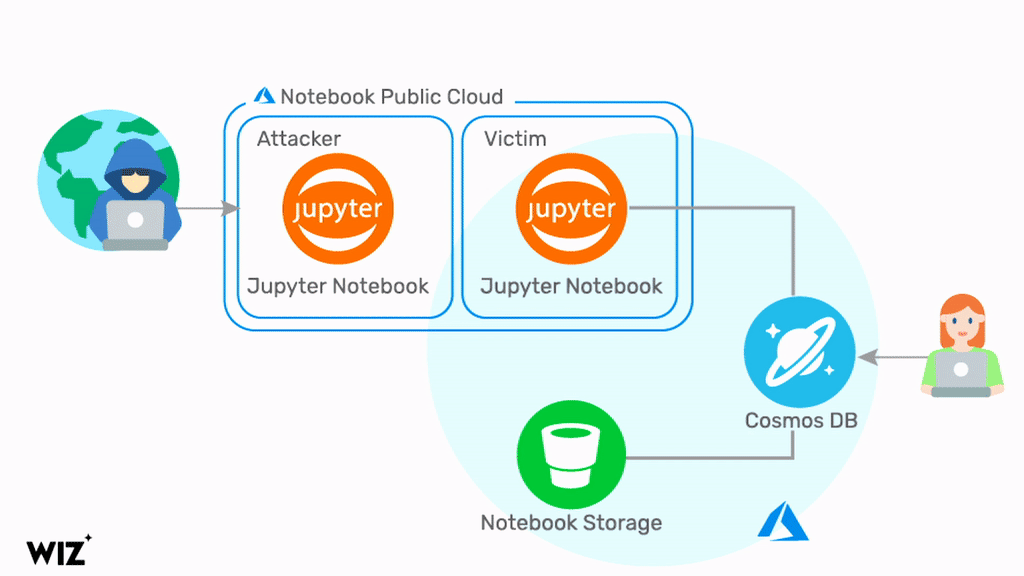Linux Container-Escape Flaw in Azure Service Fabric
Microsoft this week disclosed a serious container-escape vulnerability in its widely used Azure Service Fabric technology, which gives attackers a way to gain root privileges on the host node and take over all other nodes in the cluster.
The privilege-escalation bug is only exploitable on Linux containers, though it is present in Windows container environments as well, Microsoft said in an advisory Tuesday. Security researchers from Palo Alto Networks reported the bug — which they have dubbed FabricScape — along with a fully operational exploit, on Jan. 30, 2022. Microsoft released a fix for the issue (CVE-2022-30137) on June 14, but details on the bug were just released this week.
The fix has been applied to all customers that are subscribed to Microsoft’s automatic update service, but others will need to manually patch to the latest version of Service Fabric. “Customers whose Linux clusters are automatically updated do not need to take further action,” the company said in its bug disclosure announcement.
A Privilege-Escalation Issue
Service Fabric is a Microsoft container-orchestration technology — like Kubernetes. Numerous organizations use it as a platform-as-a-service to deploy and manage containers and microservices-based cloud applications across a cluster of machines. Palo Alto Networks used Microsoft data to estimate that Service Fabric hosts more than 1 million applications daily across millions of cores.
The bug that Palo Alto Network discovered exists in a logging function with high privileges in a Service Fabric component called Data Collection Agent (DCA). Researchers from the security vendor’s Unit 42 threat intelligence team found that an attacker with access to a compromised container could exploit the vulnerability to escalate privileges and gain control of the host node and, from there, escape it and attack the entire cluster.
“The vulnerability allows attackers to take over the entire Service Fabric environment if they get a hold of a single application,” says Ariel Zelivansky, director of security research at Palo Alto Networks. This allows attackers to perform lateral movement and to steal, destroy, or manipulate data. Other actions that an attacker…




